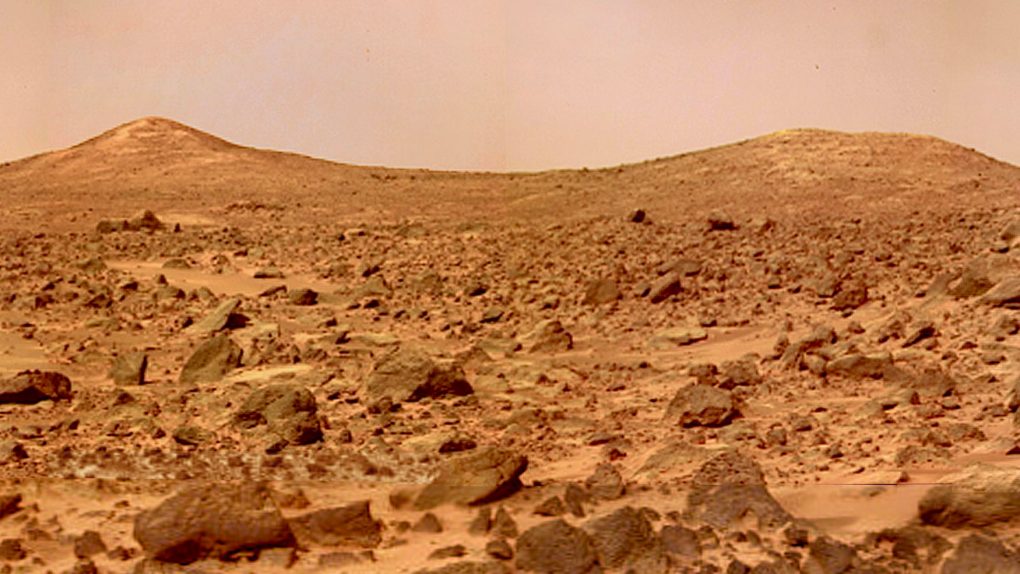- NASA and the European Space Agency, in addition to other space agencies, have been studying Mars for a long time with both rovers and orbiters.
- Crewed missions to the Red Planet are eventually going to happen, but the technology for such a mission doesn’t yet exist.
- A company out of Seattle is working on nuclear technology that could be used to make missions from Earth to Mars (and back again) much quicker than it ever has been.
Mars has long been the subject of study by scientists here on Earth, and over the years space agencies like NASA and the ESA have developed orbiters and rovers that have provided us with a detailed look at what the Red Planet has to offer. Crewed missions with a team of astronauts ready to explore Mars are a dream, but they’re a dream that may come true sooner rather than later.
NASA has suggested that crewed missions to Mars may be possible by the 2030s, but one of the biggest hurdles that need to be scaled is the lengthy trip time. Rover missions to Mars take over six months, even when our planet is in the perfect position to launch a mission, but crewed missions are expected to take even longer. That is unless we can figure out a way to make spacecraft move faster.
As CNN reports, a company called Ultra Safe Nuclear Technologies is in the early conceptual stages of a new project that could yield a nuclear-powered rocket. Using nuclear thermal propulsion, a spacecraft could speed its way to Mars in a fraction of the time it would take with a traditional fuel-burning rocket. According to the report, the trip could be shortened from an estimated nine months to as little as three months.
The benefits of a faster travel time are many. For starters, the number of supplies the crew would need to bring with them could be scaled down quite a bit, allowing the spacecraft to travel lighter. Additionally, the idea of sticking astronauts in the cramped confines of a crew capsule for the better part of a year could lead to unwanted stress, not to mention the fact that space travelers would need more space to stretch their legs the longer they are cooped up. A shorter trip could allow the design of the crew capsule to be a bit more streamlined.
Even better, the shorter trip would mean the crew would be exposed to radiation from space for a shorter period of time. That’s important because while the crew could potentially protect themselves from radiation with natural or artificial structures while on the surface of Mars, they would be rather exposed on the trip there.
Again, we’re in the earliest possible stages of such technology coming to fruition, so don’t expect to hear about any real-life nuclear rockets hitting the launchpad any time soon, but it’s an exciting thing to imagine.








